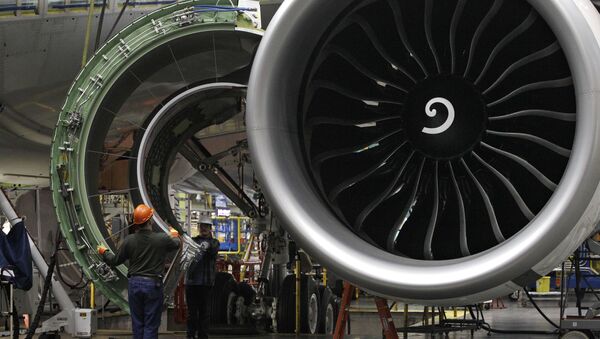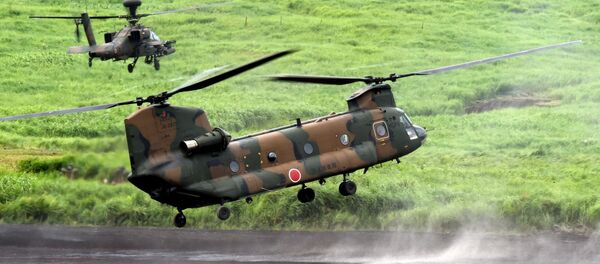"The basic building blocks of the technology clearly are available," Boeing's vice president of product development Mike Sinnett said at a briefing ahead of the Paris Air Show later this month, pointing out that self-flying drones are already available for less than $1000.
The number of pilots helming a jetliner has dropped from three to two in recent years, and onboard flight computers already have the ability to take off, cruise and land without human operation.
According to the Aviation Safety Network, regulators still need to be sold on the idea, as certification for the technology doesn’t yet exist. The planes would also need to meet air travel safety standards.
"I have no idea how we're going to do that," Sinnett, a pilot himself, said. "But we're studying it right now and we're developing those algorithms."
Sinnett expressed his intentions to test the technology this summer in a cockpit simulator, and will "fly on an airplane next year some artificial intelligence that makes decisions that pilots would make."
Airlines, facing a projected need of an estimated 1.5 million pilots and 40,000 aircraft over the next 20 years, are among those supporting the idea of self-flying jets, but Sinnett stressed that a robo-plane would need to be able to land safely in emergency situations. "If it can't," he said, "then we can't go there."
Speaking of the demand for new planes, Sinnett told reporters last week, "More of those will be growth than replacement … It begs the question, where are all those experienced pilots going to come from?"
He noted that in the past airlines tapped pilots with military experience, but their numbers have become thinner and thinner over the last 10 to 20 years. It isn’t clear whether pilot training schools can keep up with the need.
The shifting landscape of air travel also increases demand for pilots, as people will be increasingly seeking taxi services and smaller aircraft.
"There’s going to be a transition away from the requirement to have a skilled aviator operating the airplane tactically, to having a system that operates the vehicle autonomously," Geekwire quoted Sinnett as saying. "If we can do that at the same levels of safety, integrity and availability that we have today — and that is a huge ‘if.’ That’s not a small ‘if.’ That’s a really big 'if.'"




